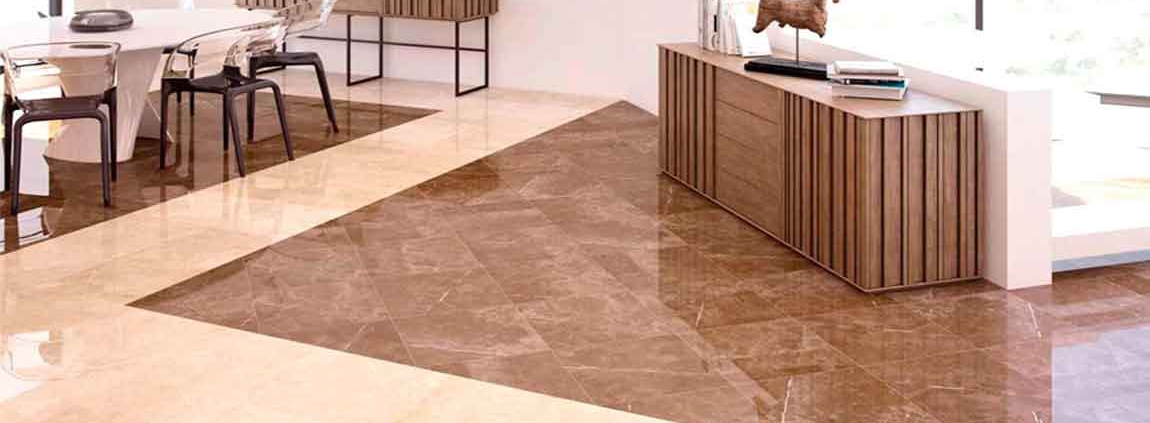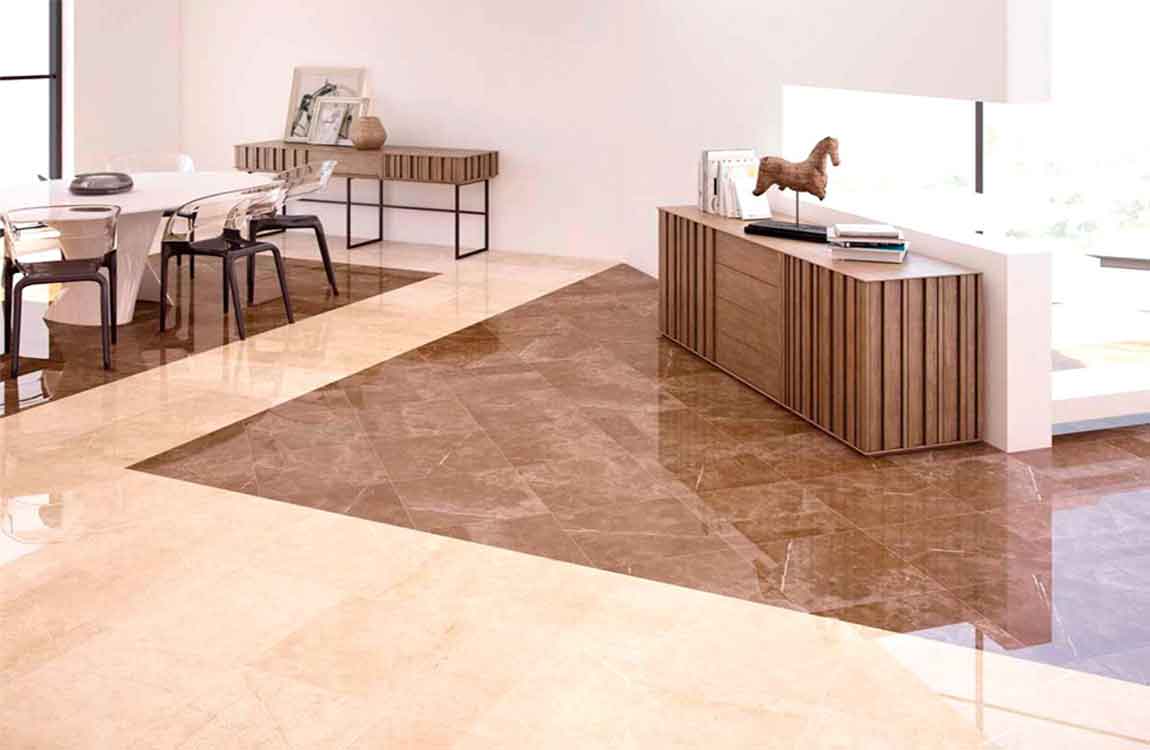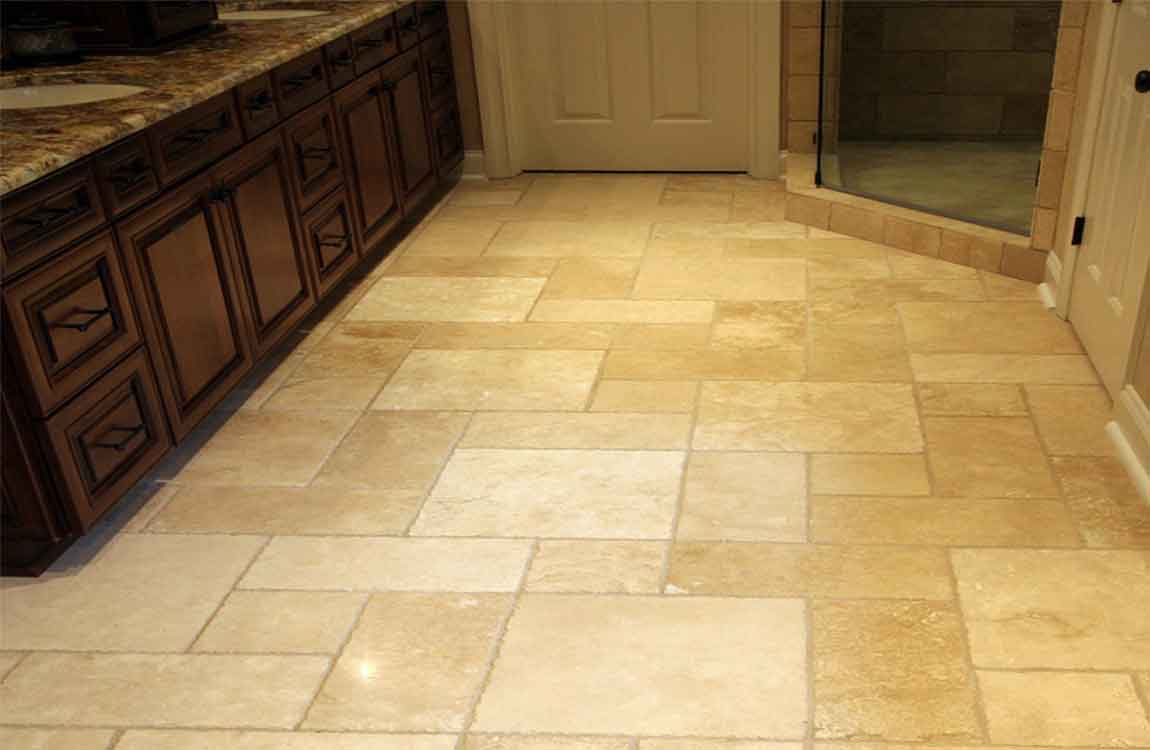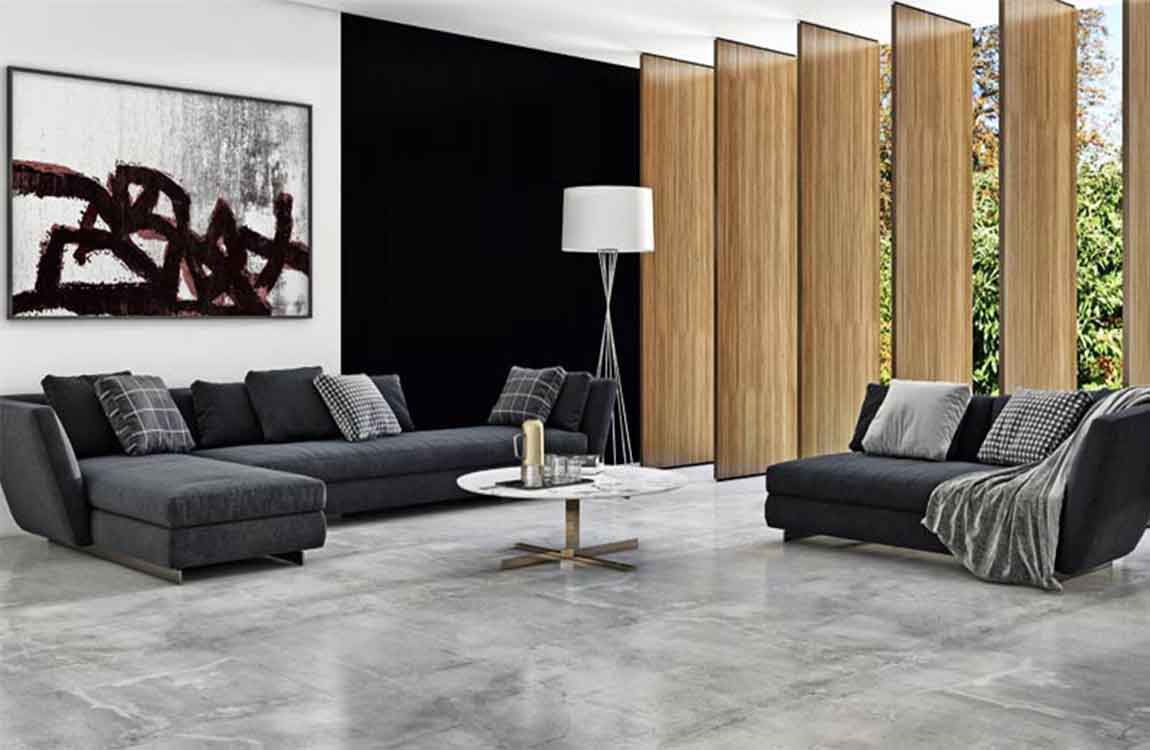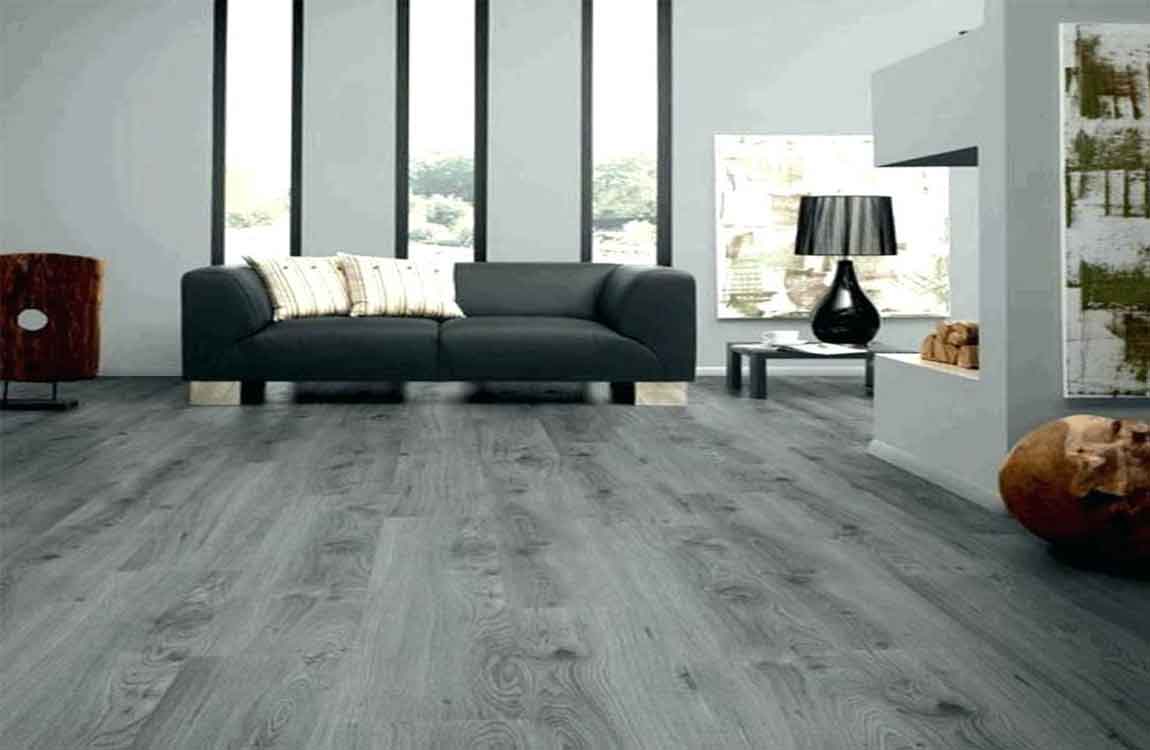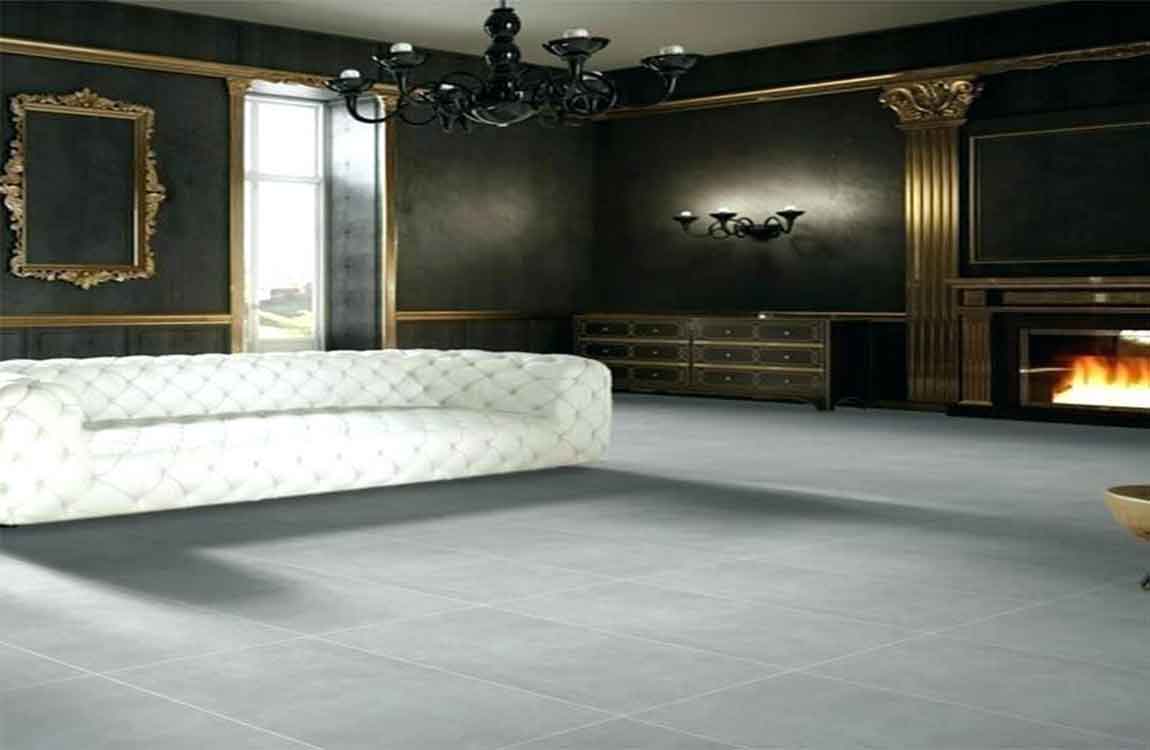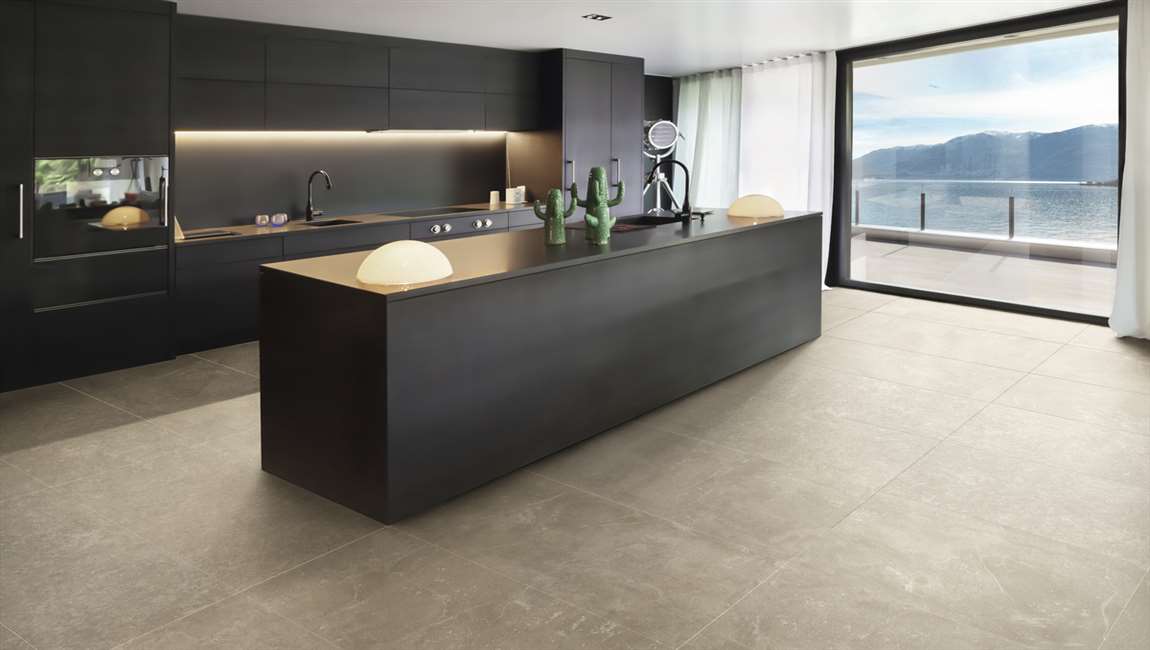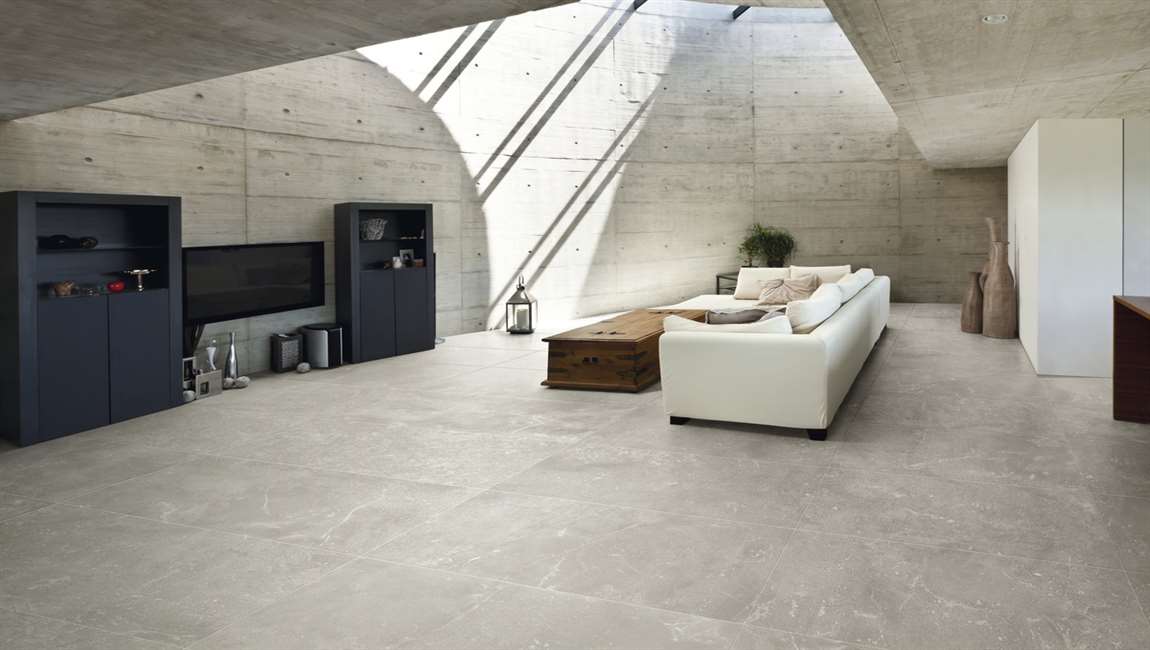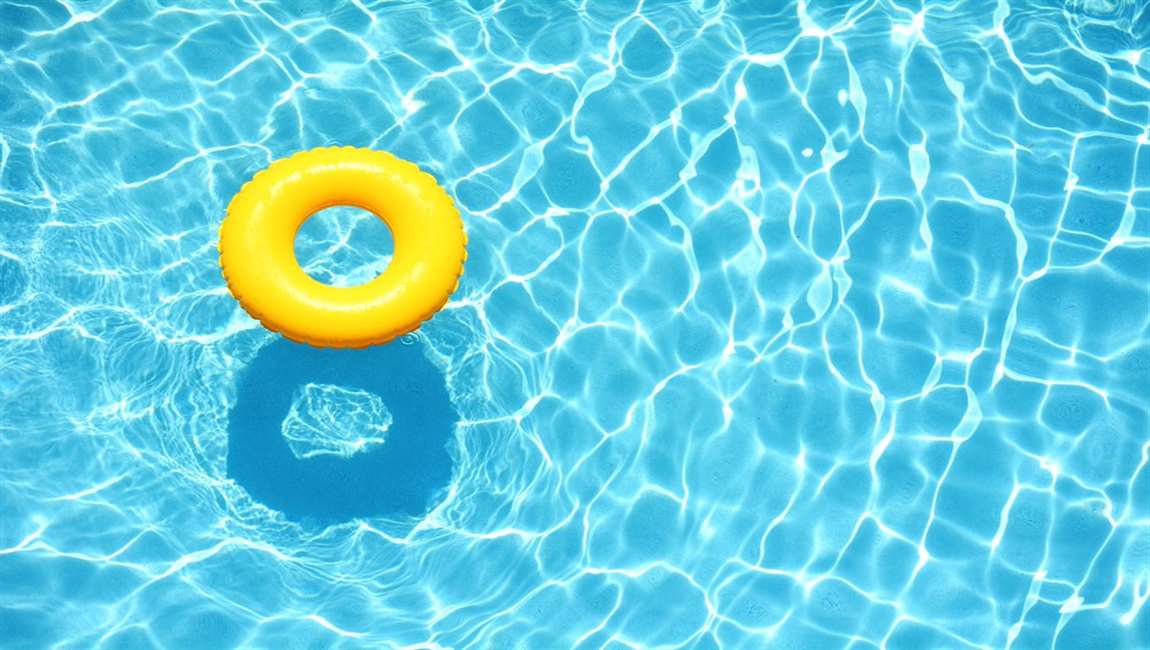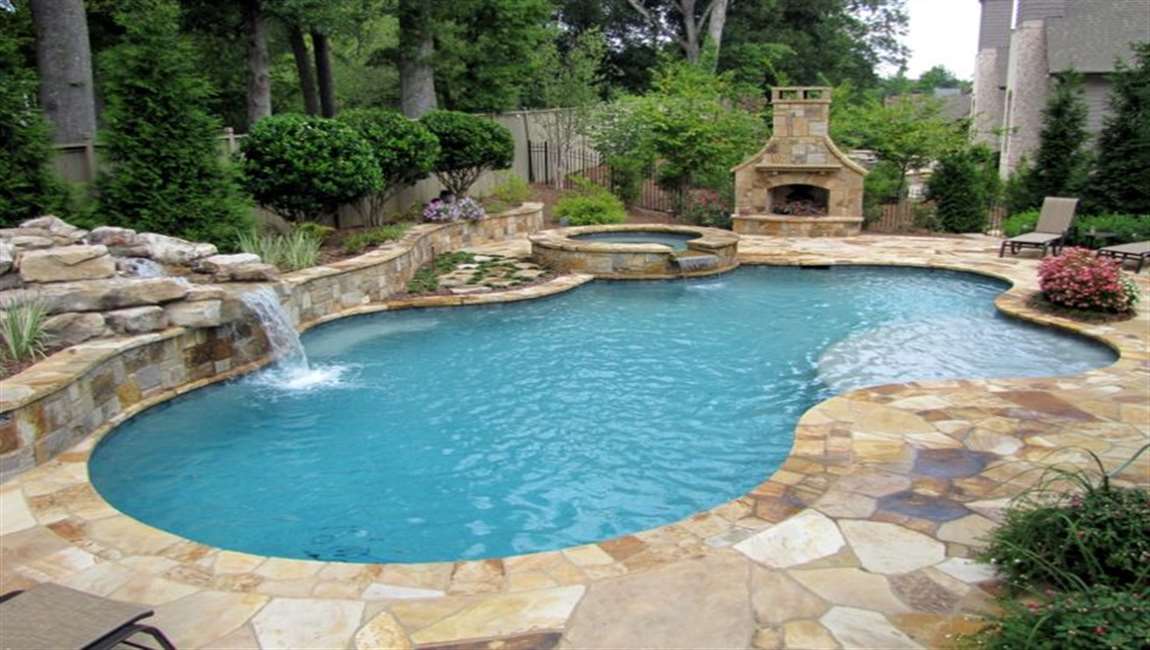How to Cover Exterior Cinder Block Walls?
Cinder block walls are strong and inexpensive, but they aren’t always pleasant to look at. Fortunately, you have many options for improving a cinder block wall. Concrete is an inexpensive way to create a strong cover. Stucco is similar to concrete but more decorative. Vinyl panels and stone veneers are alternative decorations that match with many homes. Use different material to give any cinder block wall a unique aesthetic appeal.
Dampen an area approximately 3 ft × 6 ft (0.91 m × 1.83 m) in size, or as much as you can cover with cement in about 10 minutes of work. The wall needs to be well-soaked in order for the cement to bond to it. Always work on one part of the wall at a time to avoid any problems with the cement coating.
Spread a 1⁄4 in (0.64 cm) layer of cement on the wall. The cement needs to be applied in sections to prevent it from drying out before you’re finished working. To prevent issues, start out by covering the small portion you dampened. Scoop some cement out of your mix with a trowel, hawk, or another tool, then slather it over the area with a trowel. Start at the top of the wall, spreading the concrete from left to right.
A hawk is a flat tool used to pick up and hold lots of concrete, mortar, or other material. Normally you would have to dip into the mix many times. Using a hawk reduces this, making the application process much easier. For a faster way to cover wall sections, take advantage of a concrete sprayer.
Load the concrete into the sprayer, then hold it close to close to the wall to avoid spraying the areas you aren’t ready to work on yet. If you need to check the cement’s thickness, try using a tape measure on an open part of the wall. Repeat dampening the wall and spreading cement until you’re finished.

